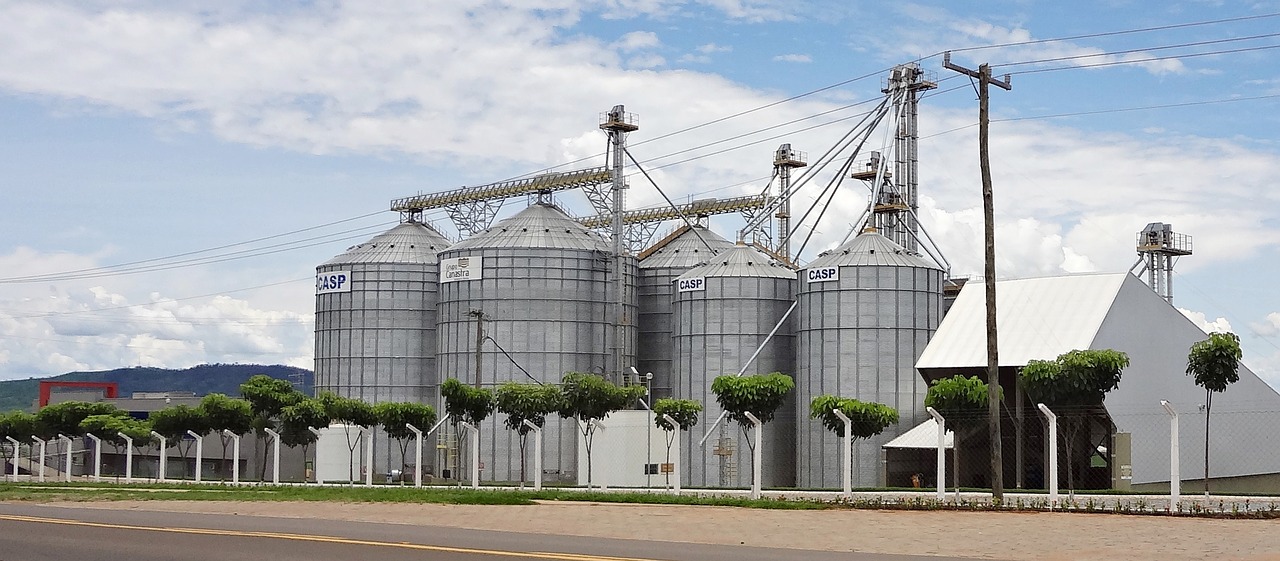In order to lower the level of humidity in the ambient air, the dehumidifier industry has developed new technologies in the field HVACR.
The industrial dehumidification system uses all the processes indicated by the HVAC / R nomenclature. In this article we will deal with two types of industrial dehumidifiers; one referring to a refrigerant process similar to that of air conditioning, and the other, through a desiccant wheel. The main difference is the final reach of lowering the percentage of relative humidity in the processed air.
Dehumidifier by the refrigerant process
The refrigerant process dehumidifier is the best known of the two main types of dehumidifiers. The process in all brands and models is very similar. The main variations are the type of refrigerant, whether they are fixed or portable; if they have a receptive bucket or pump to extract the condensed water.
The idea of dehumidifying is to lower the percentage of relative humidity (% RH) in a room or enclosure; industrial process or warehouse, to avoid the accumulation of excessive moisture. The percentage achievable by a dehumidifier that works through the cooling process can reach 40 to 45 percent relative humidity in the air.
This scope may be sufficient if the process, room or commercial application does not need a drier level. For example, Mexico City has days when its humidity by rain reaches 80 percent relative humidity in the air inside offices or warehouses. Also, in the same city, when the days are dry, humidities reach close to 35 percent, in which the refrigeration dehumidifier would not work.
If the humidity level is too high, for health or process reasons, the dehumidifier can work very well to lower humidity to 45 percent levels. The typical range of minimum and maximum operating temperature is 4 ° C to 35 ° C. It is important to note that this type of dehumidifier cannot reach lower percentages of relative humidity due to the nature of its cooling process.
The dehumidifier that works by means of the refrigerant cycle receives the air by means of a fan, passing it through a cold coil that causes the accumulation of water on its surface and that accumulates in a receiver. The coil is cooled by means of the refrigerant gas and by a refrigeration process.
The gas can be R-22, R134a or R407c, the latter have been developed as ecological and more efficient refrigerant gases. It is possible that the coil is frozen with ice around, when this happens the dehumidifier blows hot air over the coil which causes the ice to melt, go to its liquid state and accumulate in a receiver.
The receiver or bucket can be removable, but if the equipment has a water pump, then the water can be pumped by means of a hose outside the enclosure or drain. These dehumidifiers can be single-phase voltage or larger three-phase voltage models.
Desiccant dehumidifier
The other type of dehumidifier is a desiccant type. This uses a physical thermal process to reach percentages of relative humidity of 0.1 percent, which tells us that it is an extremely dry environment.
The most efficient and industrial desiccant dehumidifier is one that pre-chills humid air at temperatures where the water condenses in the air immediately. This water is captured by a desiccant wheel, which is usually made of silicon or derivatives thereof. The desiccant absorbs the water, while the broken wheel absorbs the liquid from the air and passes it through a system of hot air that blows and dries the wheel so that it returns to the cycle of absorbing water from the air.
This system can be used in a dry air recycling step. The one-step system, as the name implies, passes the humid air only once through the desiccant wheel. The desiccant dehumidifier for recycling is used for closed or controlled rooms. It is similar to an air conditioner that recycles the air for each time to cool it more, because this dehumidifier desiccant of recycling passes the air again and again through the cycle of the desiccant wheel to optimize its use, each time improving the level of drying from the air.
The use of desiccant dehumidification systems is useful for processes that require dry air of less than 35 percent moisture. These devices are in commercial form or form adapted to the need. So any size or need can be built or purchased.
In ventdepot.com we handle both types of dehumidifiers.
In conclusion, to choose a correct dehumidification system you should ask the following questions:
-The range or percentage of relative humidity desired,% RH
-Quick drying
-The size of the enclosure to know how many units are needed
-Necessary budget




